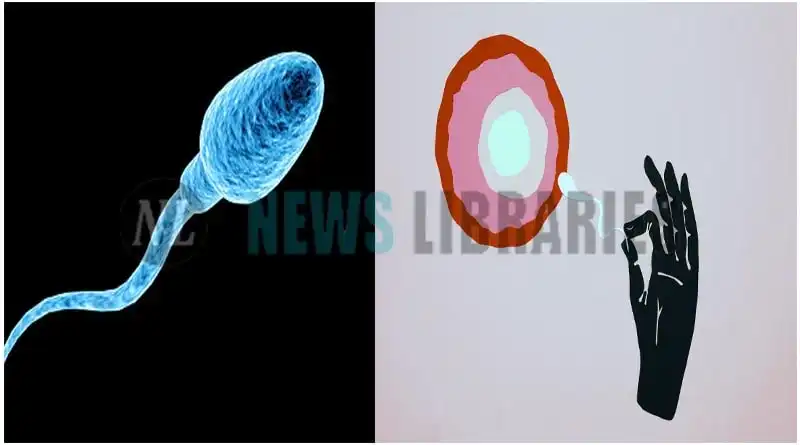How AI may be a Powerful Tool in Treating Male Infertility
How AI may be a Powerful tool in Treating Male Infertility
Artificial Intelligence Offers Hope for Male Infertility
Approximately 7% of the male population faces infertility issues, and the application of artificial intelligence (AI) may hold the key to addressing this challenge.
Dr. Steven Vasilescu and his team have developed AI software that can identify sperm in samples from severely infertile men a thousand times faster than a highly trained human observer. Dr. Vasilescu, a biomedical engineer at the University of Technology Sydney (UTS) and the founder of NeoGenix Biosciences, calls this software “SpermSearch.”
SpermSearch is specifically designed to assist the 10% of infertile men who have no sperm in their ejaculate, a condition known as non-obstructive azoospermia (NOA). Typically, in such cases, a small part of the testes is surgically removed and examined in a lab by an embryologist who manually searches for viable sperm. This process can take six to seven hours and carries the risk of fatigue and inaccuracies.
Dr. Vasilescu explains that when embryologists examine the tissue under a microscope, it appears as a chaotic mix of cells, including blood and tissue. Finding the elusive viable sperm in this complex environment is akin to finding a needle in a haystack.
In contrast, SpermSearch can detect healthy sperm within seconds by analyzing photographs of the tissue samples uploaded to the computer. To achieve this speed, the AI was trained using thousands of images of such samples.
A scientific paper published by the UTS biomedical engineering team revealed that SpermSearch was 1,000 times faster than an experienced embryologist during testing. However, the goal is not to replace embryologists but to provide them with a valuable assistive tool.
Dr. Sarah Martins da Silva, a clinical reader in reproductive medicine at the University of Dundee, emphasizes the importance of speed in finding viable sperm, especially when there is a limited window of time for fertilizing eggs after an egg collection procedure.
Male infertility is a growing concern, with sperm counts reportedly declining by half over the past four decades due to various factors like pollution, smoking, diet, lack of exercise, and stress.
Dr. Meurig Gallagher, an Assistant Professor at the University of Birmingham, uses imaging software to track the speed and motion of sperm tails to assess their health. Minute changes in sperm tail movement can provide insights into environmental stress, impending cell death, or responses to biological cues.
Meanwhile, Belfast-based fertility firm Examen utilizes a technique called single-cell gel electrophoresis to detect DNA damage in individual sperm, a method developed over two decades.
Despite these promising developments, Prof. Sheena Lewis, emeritus professor in reproductive medicine at Queens University Belfast and CEO of Examen, notes that the application of AI in medicine progresses slowly. While AI shows potential, it is currently in the proof-of-concept stage following a small trial involving seven patients. The journey from proof-of-concept to mainstream use typically takes between two to five years, and AI-assisted solutions may initially target a niche group of patients.”




